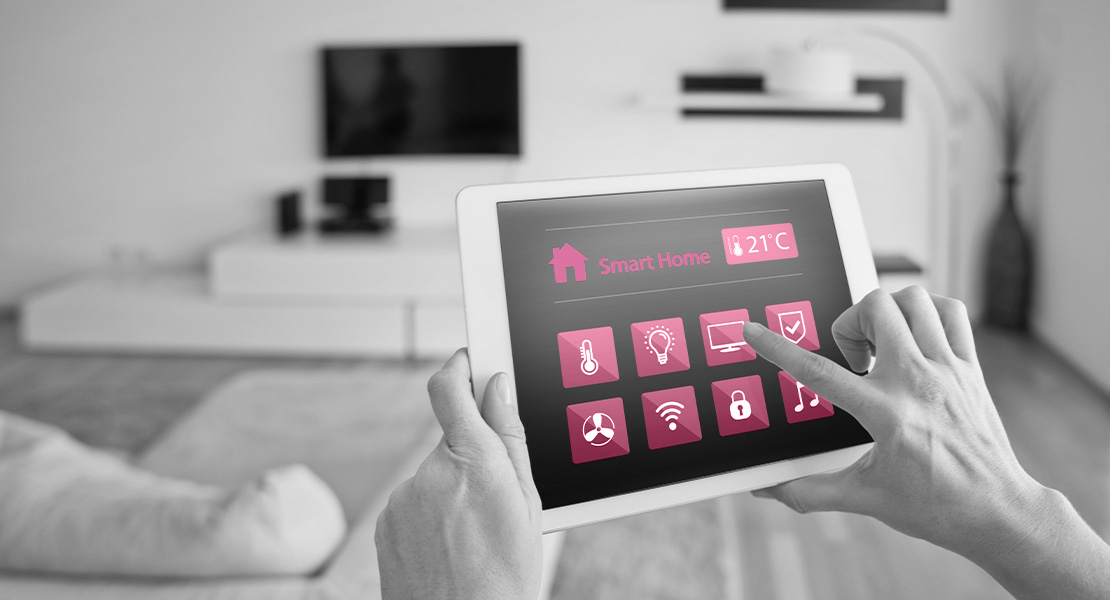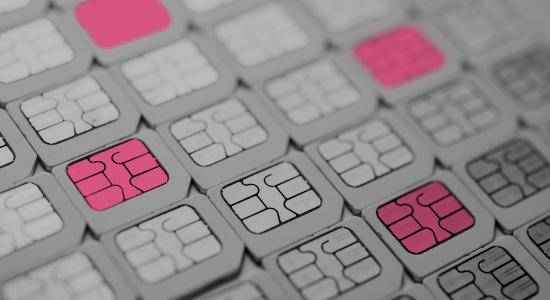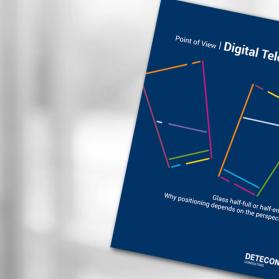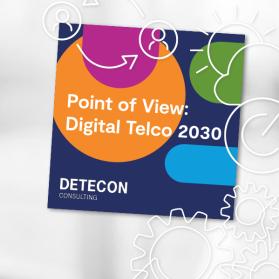Smart home and smart health use cases for an aging population are a foreseeable megatrend in the consumer ICT business and a major opportunity for telcos to succeed in product categories beyond simple connectivity. Realizing a convincing customer experience (CX) for this specific target group is indispensable, if the telcos really want to put points on the board.
We are talking about a very specific, yet fast-growing and highly interesting market. The age group of 65+ has nearly doubled since 2000 and will be the most rapidly-growing age group within the total world population until 2040, expecting double-digit percentage increases every five years (Own calculation based on United Nations, Department of Economic and Social Affairs, Population Division, 2017 and World Population Prospects: The 2017 Revision).
Coping with the challenges of an aging population is quickly becoming an issue that is not limited to countries in Europe or North America; it has international relevance as well for many other countries (in Asia, for example). This topic has various socio-economic aspects besides merely the sheer numbers of people involved. Increasing mobility renders the possibility to care for relatives several times a week burdening (if not impossible) for a growing part of the population. Digital tools in the smart home and digital health field can be a highly beneficial means of support enabling elderly citizens to remain independent and in their own homes as long as possible (ageing in place) (STL Partners “Coordinating the care of the elderly” (2020).
Securing widespread acceptance and usage in this target group especially, comprising as it does digital immigrants and even downright digital evaders, will be a monumental task. Recent experience during the pandemic has demonstrated that the relatively simple digital registration and scheduling procedures during the vaccination process for the prioritized elderly citizens represented a huge challenge for this specific target group. This became a source of considerable discord in some countries, e.g., Germany, because it sometimes seemed impossible to obtain a vaccination slot without considerable support from relatives or other persons more adept at navigating the digital world.

This highlights how critical and challenging the customer and user experience is for this specific target group. Smart home applications and use cases are not the exclusive domain of pioneers and tech nerds anymore, but smart home customers are of course predominately digital enthusiasts or at least digital natives. Customer journeys, support channels, devices, and user interfaces have until now been designed with these target groups in mind. This attitude will need to change as in our opinion elderly citizens who have very specific demands will be a key target group for future smart homes
Key factors for a convincing CX for the elderly
- Key requirement - RELIABILITY: Surprise outages will be inacceptable, especially for use cases relevant for health care and monitoring. Cast-iron connectivity is a must, but is feasibly achievable solely by using redundant connectivity technologies (broadband and 5G) with proactive monitoring. The perception of reliability, however, will be dependent on the user experience as well because elderly users’ own insecurities in operating devices will strongly impact their perception of reliability; “foolproof” management of devices and settings is essential.
- Multirole setup: Along with the elderly users themselves, there are several other roles that might be relevant as elements of the solution. Tracking or monitoring messages or alarms might be sent to children, day care services, or the next-door neighbor, depending on the individual setup. There is of course a constant tug of war between independence, self-determination and, ultimately, human dignity on the one hand and the safeguarding of the intended protection function on the other.
- Layered user experience: Ease of use, convenience, and status transparency are always crucial CX elements, but they are extraordinarily critical when it comes to this target group. The user experience (UX) must be mindful of the low digital maturity and users’ insecurity about settings and required actions while giving due consideration to the needs of other roles (configurators, care, persons of trust) at the same time.
- Personalization and capability profile: Personalization will have to address the needs and competence profile of specific users precisely. Compensation for multiple frailties might be required, whether sensual limitations (poor hearing, vision, etc.) or other factors (e.g., users with onsetting dementia might need reminders at a frequency level that would annoy and frustrate users whose mental awareness has not been impaired).
- User perception mirroring: Artificial intelligence (AI) support for sensors simplifies the handling of functions and communication activities for the elderly. Owing to daily interaction with users and machine learning, AI can create an objective user perception status and recognize unusual behavior of the users or the slow degradation of sensory, communicative, or intellectual skills. Furthermore, it can recognize otherwise unmonitored actions and act appropriately, e.g., by initiating an emergency call.
Telcos have a competitive edge on this challenging, although highly promising, market. Convincing people who grew up without the internet to value and trust technology with their private health care data and their personal health is genuinely challenging. Security is one key factor for smart home products (Omdia “Telco Smart Home Strategies 2021: Key market trends and challenges”, 2021).
Telcos benefit in this respect from a more positive reputation concerning security than other competitors. On a local level, telcos already have access to many homes, facilitating their entry in comparison with other third parties. This advantage is further enhanced by the decentral services from telcos that can render support when needed. New technologies such as Wi-Fi motion sensing that can be integrated directly into telco routers and mesh devices create further opportunities.

Some telcos are already addressing the demands of this market. KPN, for instance, supports digital transformation because the health-care sector is still heavily dependent on legacy ICT and closed systems (B2B2C). Tele2 is cooperating with the startup Cuviva (B2C) and using a home computer with connected sensors to measure and report patient parameters automatically. SK Telecom has even launched its AI-based speaker for senior care service (B2C). But regardless of the concrete business model, the time to act is now. Patient empowerment is already the largest investment focus in the health care startup sector that is the subject of so much hype at present.








